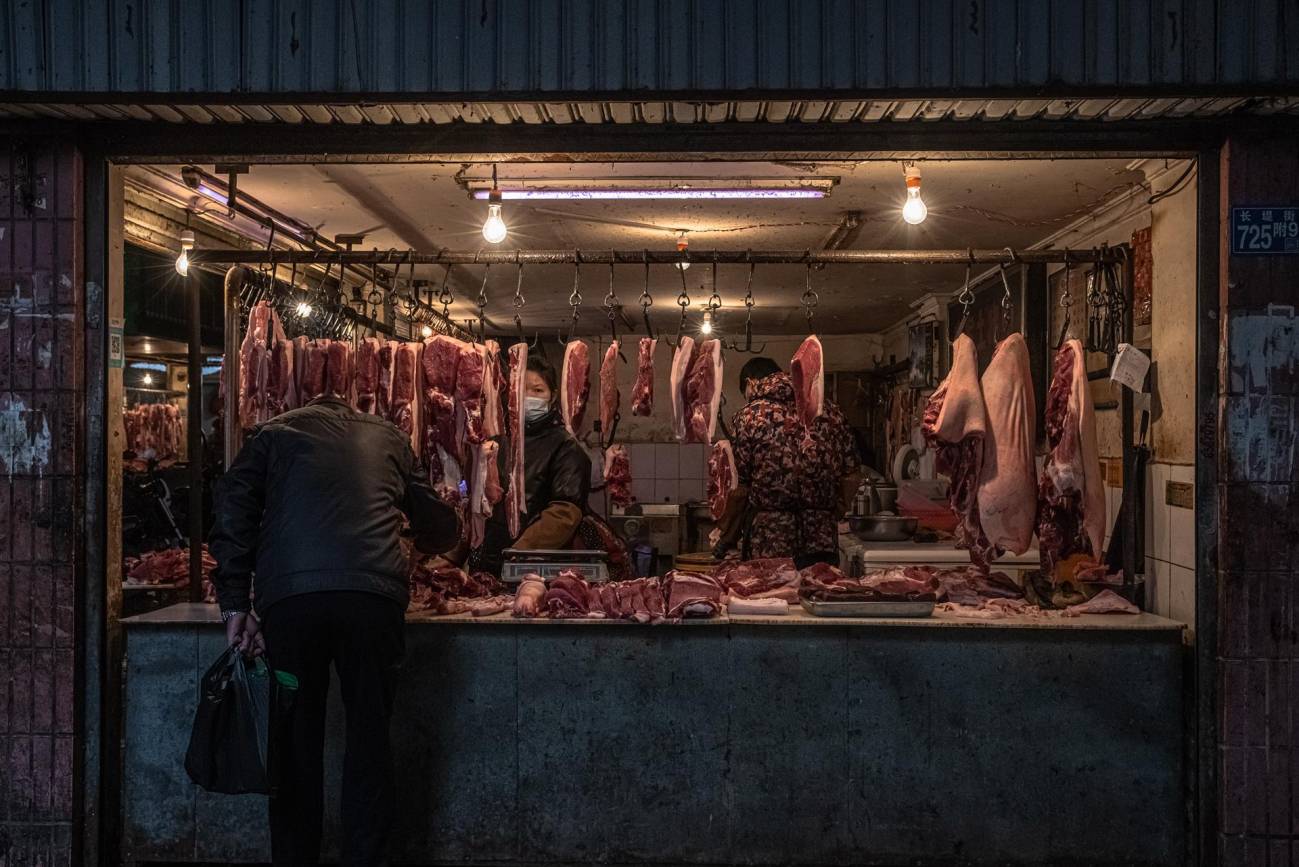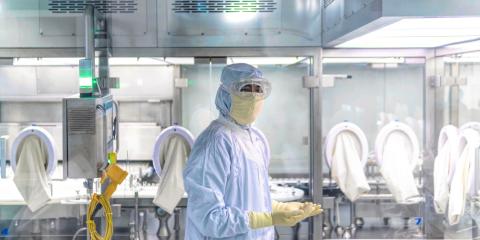Reaction: new data show that animals susceptible to SARS-CoV-2 infection were present at the Wuhan market
A French researcher has found genetic data showing that raccoon dogs, civets and other mammals susceptible to the infection with SARS-CoV-2 in the early 2020s in the Wuhan market in China. The findings have been presented to the Scientific Advisory Group on the Origin of Emerging Pathogens (SAGO), an expert group convened last year by the World Health Organisation. The data, collected by a team of Chinese scientists, were held in a database called GISAID, but had not been publicly reported and have been withdrawn. SAGO explained the origin of this data and the history of this research in a statement on 18 March.

Ignacio González - mercado Wuhan EN
Ignacio González Bravo
Research director at the Laboratory of Infectious Diseases and Vectors: Ecology, Genetics, Evolution and Control (MIVEGEC) of the French National Center for Scientific Research (CNRS).
The question of the origin of the SARS-CoV-2 viral lineage that led to the covid-19 pandemic in humans generates political and scientific controversy. It is very important to remember that the communities of politicians and scientists are different; the truth criteria of science and politics are different; the goals of a political explanation and a scientific explanation are different. Moreover, the methods of science are more powerful in rejecting hypotheses than in confirming them, so science often cannot provide the certainties that politics asks for. Or even the certainties that society asks for. And this may be the case for our understanding of the origin of SARS-CoV-2 circulation in humans, for which the possible scenarios are a zoonosis (SARS-CoV-2 passed from animals to humans) or the scenario "SARS-CoV-2 is a product of a laboratory that escaped containment measures".
Some scientific teams use molecular epidemiology to first describe and then try to understand how SARS-CoV-2 began to infect humans. This requires epidemiological data (who got infected, how, where, when), molecular data (the sequences of the genomes of the virus in question at the beginning and throughout the pandemic, the sequences of other viruses close to it before and during the pandemic) and mathematical models (mathematical functions that look like the curves we have observed while following the pandemic, number of cases, number of deaths, etc.).
We know a lot about the dynamics of SARS-CoV-2 infections once the pandemic was established, but we know very little about how the virus began to infect humans. We know little, first, because it is difficult to look for information after the fact about an event that one does not expect; and second, because there are political interests in providing one answer or another. And in this particular case, it is political decisions (essentially in China) that allow access to data and that choose which data are shared and which are not.
On this point, Chinese researchers collected samples from the Wuhan market between January and March 2020: samples from animals and also environmental samples (sewage, soil, feather plucking machines and cages). They looked for traces of coronavirus in these samples and sequenced them. With these data, a Chinese research team concluded in 2022 that SARS-CoV-2 had most likely jumped from some animal species or species to humans, but did not allow other teams access to the sequences to repeat the analyses. Some of these sequences have only recently been deposited in international databanks, but with little epidemiological information (how, where, when, when, who). It was a French researcher, Florence Débarre, who found them "by chance". She and other American researchers propose that these new sequences are more compatible with a zoonosis as the origin of SARS-CoV-2.
Personally, I don't know if we can give a scientific answer to the question of the origin of SARS-CoV-2, I don't even know if it is really a scientific question or more of a private detective question. What I do know is that it is very difficult for the answer that science can give to have the kind of certainty that society or politicians would want. Often when science tries to understand a problem, the result is not to give an answer, but to show that the problem is more complex than previously thought. And politicians don't like complex problems.
I think the really important thing to learn from how we have reacted to this pandemic is how we should better prepare ourselves to react to the next pandemic, generated by a pathogen that we probably don't know yet, let's call it X, and I don't think we are doing that. What we need to learn is:
- When should we raise the alarm, from how many new cases of X infection per day, from what mortality rate, how do we collect this information quickly, how do we create and maintain sentinel centres that can quickly detect that something new is happening, how do we connect the sentinel centres to the decision centres, how do we connect the sentinel centres to the decision centres, how do we create and maintain sentinel centres that can quickly detect that something new is happening, how do we connect the sentinel centres to the decision centres?
- During the time when we do not have specific drugs against X, what non-pharmaceutical interventions can we do? Is containment a solution? If so, is a general or selective containment better in geography (a neighbourhood, a city, a region, a country) or in human populations (children, young people, adults, elderly, immunosuppressed)? We need to define and decide what data on X we need to know quickly (infectiousness, mortality, clinical presentation of infection, and all this for different segments of the population).
- How can we rapidly develop specific drugs against X? Which production and research capacities are strategic and should we keep under our control, and which can be outsourced/offshored? How do we identify and monitor emerging viruses and bacteria that we know about, but above all, how do we remain vigilant for pathogen X that is now below our radar?
Again, an important point is that science cannot provide satisfactory answers to most of these questions. First, because science tries to understand, and not necessarily to generate certainties, make cost-benefit analyses or propose decisions. And second, because the time of science is not the time of urgency; the time of science is the time of slow understanding, and the time of urgency is the time of fast action. The time of science, of understanding, is now, this privileged moment when there is no pandemic.



